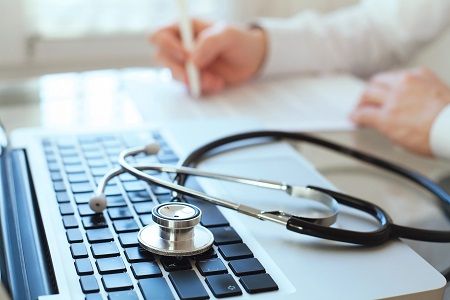Does Telemedicine Work for Diabetic Retinopathy Screening?
In a poster presentation at the 34th Annual Scientific Meeting of the American Society of Retina Specialists (ASRS 2016) in San Francisco, California, researchers looked at how patients responded to telemedicine in ophthalmology.

Telemedicine has had various outcomes across different medical specialties. For one, results with COPD were found inconclusive and, although physicians seem to like the idea, many don’t use it. In a poster presentation at the 34th Annual Scientific Meeting of the American Society of Retina Specialists (ASRS 2016) in San Francisco, California, researchers looked at how patients responded to the method in ophthalmology.
Varun Chaudhary, MD, FRCSC, and colleagues from McMaster University in Ontario, Canada evaluated 53 patients over the course of one year. Treatment was determined by assessment of visual acuity, fundus imaging, and retinal optical coherence tomography (OCT) images. In addition, patients filled out two surveys before and after participating in educational sessions.
At baseline, the average visual acuity was 69 to 72 letter — which roughly translates to Snellen 20/40.
- MD Magazine is on Facebook, Twitter, Instagram, and LinkedIn!
“After the education session, 92.5% of patients acknowledged that they were more likely to follow-up as recommended; however, 34% were compliant, 41.5% were not, and 24.5% were unknown,” the researchers wrote.
The recommended time to follow-up after the screening averaged at 4.1 months.
“Most patients (83%) were referred back to community optometrists and the ophthalmologist examined 9.4% of patients for further workup and treatment,” the team continued. “There were no significant differences in patients’ pre to post-screening HbA1c levels.”
After one year, tele-ophthalmology screening and education initiatives boosted compliance from 0% to 34%. Unfortunately, HbA1c levels remained the same.
The findings revealed that 96.3% of patients were satisfied with the tele-ophthalmology initiative. Also, 86.6% said that it was important for screening to be conducted close to home.
Also on MD Magazine >>> More News from ASRS 2016 in San Francisco